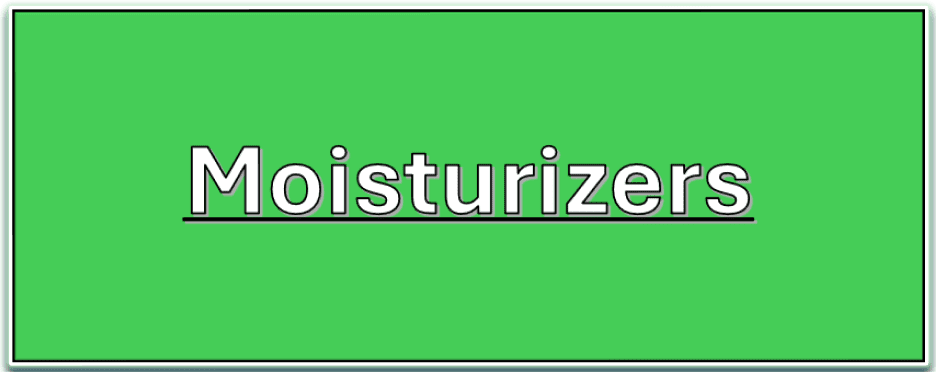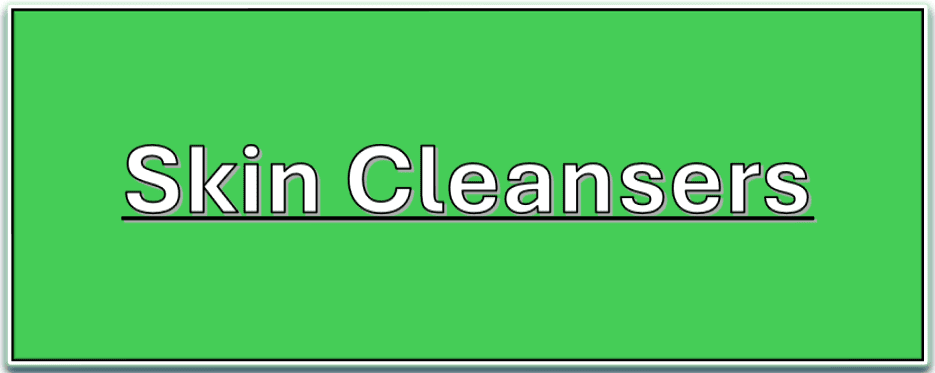General Names
Alkene sulfonates/hydroxy alkane sulfonates
Alpha-olefin sulfonates, AOS
Examples:
Sodium olefin (C14-C16) sulfonate.
Sodium (C14-C16) olefin sulfonate
Description
Olefin sulfonates are derived from the sulfonation of alpha-olefins, which are hydrocarbons with a double bond at the first carbon atom. This process involves reacting the olefin with sulfur trioxide or sulfuric acid to form the sulfonic acid. The resulting product is then neutralized with a base to produce the olefin sulfonate.
There are usually two ranges offered, the most common based on C14-C16 olefin and the other based on C16-C18 olefin. The olefins made from ethylene are the preferred raw materials, giving better color and fewer impurities than olefins from paraffins by wax cracking. The sodium salts are available as 40% liquids, high active slurries (60- 70%), and > 90% spray-dried powders or flakes.
One of the key properties of olefin sulfonates is their excellent foaming and wetting capabilities. They have the ability to reduce the surface tension of liquids, allowing them to penetrate and disperse more easily. This makes them highly effective as surfactants in various cleaning and personal care products.
Additionally, olefin sulfonates exhibit good thermal stability, making them suitable for high-temperature applications. They also have good solubility in both water and oil, which further enhances their versatility in different formulations.
General properties
General
The C16-C18 products are similar in properties to the C14-C16 but they foam less, have lower solubility, better detergency and better emulsifying properties.
Solubility
AOS are more soluble than LABS or AS due to the hydroxyl group in the hydroxy derivative and the unsaturated links in the alkenyl derivatives.
Compatibility with aqueous ions
Calcium salts have low solubility; small degrees of hardness (50 ppm CaCO3) improved dishwashing performance but higher degrees of hardness reduce performance.
Chemical stability
Good chemical stability similar to other sulfonates; good hydrolytic stability, can be used in strong acid or alkaline formulations.
Viscosity behavior
The viscosity of the hydroxy alkane and alkenes differ markedly. It is difficult to obtain a high viscosity with salt at low actives (expected due to the excellent solubility). Addition of ammonium chloride will give higher viscosity than sodium chloride and oleamide diethanolamide will give higher viscosity than cocodiethanolamide. Partial replacement of cocodiethanolamide with cocoamido propyl betaine will increase viscosity significantly. Viscosity can also be increased by the addition of hydroxyethyl cellulose but only low levels (< 1.5%) of hydroxyethyl cellulose can be used as high concentrations are incompatible.
Surfactant properties
CMC for C15-C18 is at 0.03%. Surface tension decreases with increasing chain length up to C14 but is constant thereafter. Lowest surface tension for C14-C16 = 33 dyn/cm in water but drops to 28 dyn/cm in hard water (125 ppm CaCO3).
Functional properties
The C14-C16 give excellent cleaning and excellent foaming in hard water; it foams better in hard water than in soft water; foams well in the presence of sebum; flash foaming increases rapidly with length of alkyl chain up to C15 then more slowly; wetting optimum is at C16 alkyl chain.
Applications
General
AOS based on C16-C18 olefins were first commercialized by Lion Fat and Oil in heavy-duty powders in Japan in 1968 and were claimed to be superior in detergent ability in hard water. Its main use in the United States has been as a partial replacement of ether sulfates in household products particularly in bath additives and liquid soaps due to the foam stability in the presence of soap.
Household products
Olefin sulfonates are commonly used in household cleaning products such as dishwashing liquids, laundry detergents, and all-purpose cleaners. Their excellent foaming and cleaning properties make them effective in removing dirt, grease, and stains from various surfaces.
Personal care
Use in bubble bath (foam stability good in the presence of soap); use in shampoos; claims that sodium C14-C16 alpha-olefin sulphonate will not strip the hair of natural oils; when combined with alkanol amides, betaines or amine oxides, performance equivalent to an alcohol sulfate can readily be achieved; used in liquid soaps (foam stability good in presence of soap) for cold water washing; used in synthetic detergent bar soaps for cold water washing.
Industrial Cleaners
Olefin sulfonates are also utilized in industrial cleaners for heavy-duty applications. They are effective in removing oil, grease, and other stubborn contaminants from industrial equipment and machinery.
Enhanced Oil Recovery
In the oil and gas industry, olefin sulfonates are used for enhanced oil recovery (EOR) techniques. They are injected into oil wells to reduce the interfacial tension between the oil and water, allowing for better displacement of the oil and increased oil recovery.
Agricultural Applications
Olefin sulfonates are used in agricultural formulations as wetting agents and dispersants. They help improve the spread and adhesion of pesticides, herbicides, and fertilizers on plant surfaces, enhancing their effectiveness.
Textile and Leather Industries
In the textile and leather industries, olefin sulfonates are employed as wetting agents, emulsifiers, and dispersants. They aid in the processing of fabrics and leather, improving dyeing, printing, and finishing operations.
Specification
| Active matter | 35-40% |
| Free oil | 1-2% |
| Sodium sulfate | 0.5-2.0% |
| Sodium chloride | up to 1 |
References:
- Tazi, M. and Login, R.B. (1990) Progress in water-based hairspray. Presented at the SCS symposium on The Future of Hair Care Technology, Harrogate, November 1990.
- Petter, P.J. (1987) Trends in hair care products. Soap, Perfumery Cosmet. 60(95) 29.
- Petter, P.J. (1989) Acetylene derived polymers and their applications in hair and skin care. J. Cosmet. Sci. 11(1) 35.
- Williams, D.F. and Schmitt, W.H. (1992) Chemistry and Technology of the Cosmetics and Toiletries Industry
- Georgalas, A. (1993) Photoprotection of hair. Toilet. 108(3) 107.
- Dubrief, C. (1992) Experiments with hair photodegradation. Toilet. 107(10) 9








